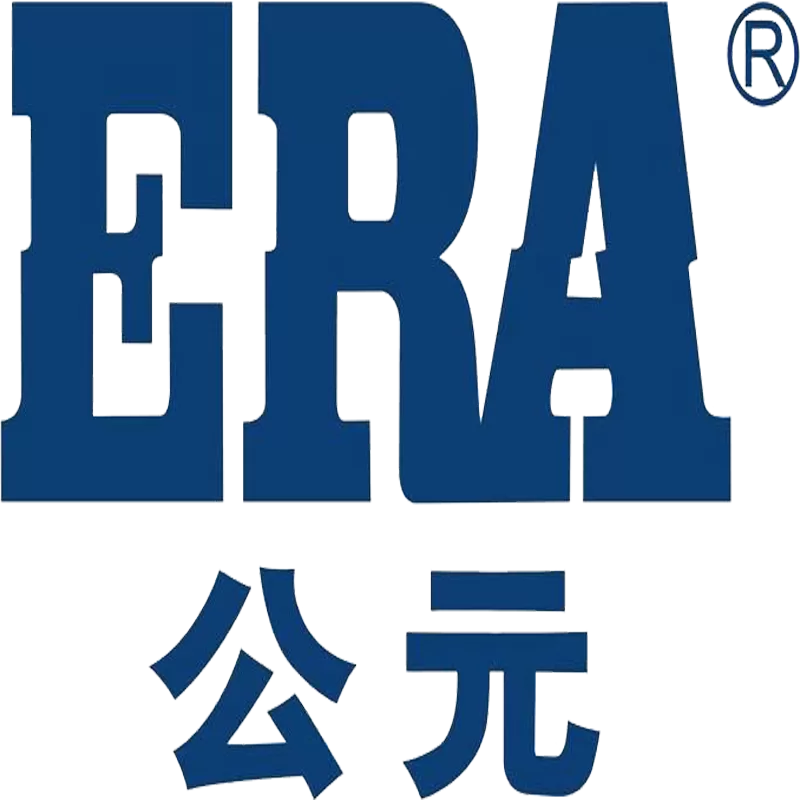In engineering projects, PE carat pipe, as a high-performance plastic pipe material, is widely used in water supply and drainage, gas transportation and other fields. For large-scale procurement, cost control is the core link in the procurement process. Effective cost control can not only reduce the overall project expenditure, but also improve the efficiency of resource utilization. This article will explore in depth how to achieve cost optimization of bulk procurement of PE carat pipe from two aspects: negotiation skills and channel selection.
First, negotiation skills play a crucial role in procurement cost control. The purchaser should do a market survey in advance to understand the current market price fluctuation trend of PE carat pipe, raw material costs and supply and demand conditions. On this basis, formulate a clear negotiation strategy, including setting the target price range, clarifying the purchase quantity and delivery cycle and other key terms. During the negotiation process, maintain flexibility and collaboration, actively listen to suppliers' quotations and conditions, and emphasize the possibility of long-term cooperation to obtain better prices. For example, through bulk order commitments or advance payment, in exchange for discounts or additional services provided by suppliers. In addition, it is necessary to pay attention to the details of contract terms during negotiation, such as Quality Standards, after-sales services and liability for breach of contract, to avoid additional costs due to subsequent problems.
Second, the choice of channels directly affects procurement costs and supply chain stability. Purchasers should evaluate multiple supply channels, including working directly with manufacturers, purchasing through authorized dealers, or using e-commerce platforms to compare prices. Working directly with the manufacturer can often obtain lower ex-factory prices, but the manufacturer's capacity and delivery timeliness need to be considered; while the dealer channel may provide more flexible distribution and technical support, but the price is relatively high. In the channel decision, the purchaser needs to comprehensively weigh factors such as price, quality, delivery time and service support. It is recommended to give priority to suppliers with good reputation and relevant certifications (such as ISO quality management system), and verify the quality of their products by asking for samples or on-site inspections. At the same time, consider diversified channel strategies, such as combining online and offline resources, to avoid the risk of supply chain disruption and optimize procurement costs.
In addition to negotiation and channels, other factors in the procurement process cannot be ignored. For example, when purchasing in bulk, orders can be placed in stages according to the project progress to reduce warehousing costs and capital occupation; actively track market dynamics, take advantage of low raw material prices for procurement; and strengthen internal management and standardize the procurement process to avoid unnecessary waste. By comprehensively applying these strategies, the purchaser can not only effectively control the procurement cost of PE carat pipes, but also improve the overall supply chain efficiency, laying a solid foundation for the smooth implementation of the project.
In short, the cost control of PE carat pipe bulk procurement is a multi-faceted system engineering, which requires procurement personnel to have market insight, negotiation ability and channel management skills. Through scientific planning and efficient execution, enterprises can achieve significant optimization of procurement costs and enhance market competitiveness.
.jpg)

